Analysis of Anti-UAV Technology Equipment
I. The Importance of Anti-UAV Measures
1. What is anti-drone technology?
Anti-drone technology, or Counter-UAV Systems (C-UAS), encompasses a series of measures aimed at detecting, classifying, tracking, and ultimately neutralizing or combating unauthorized drones and unmanned aerial vehicles (UAVs). These systems are crucial for addressing the security risks posed by drones entering restricted airspace or being used for illegal activities. The definition of C-UAS goes beyond the simple concept of "weapons", emphasizing a comprehensive system approach that is essential for understanding the concept of layered defense. Its core lies in establishing a comprehensive security posture through detection, classification, and neutralization to address various unauthorized aerial activities, thereby safeguarding public safety and the normal operation of critical facilities.
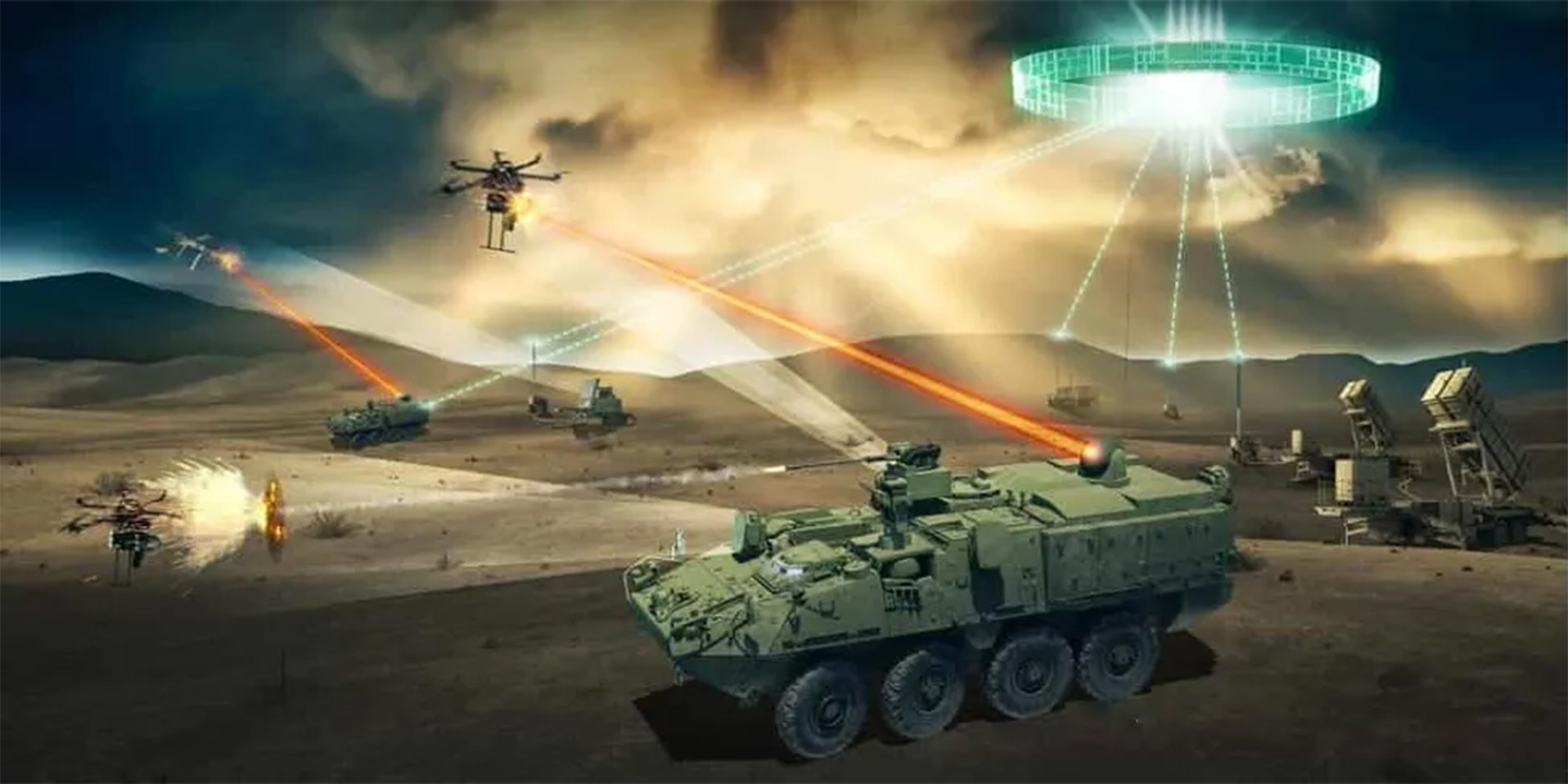
2. The continuous escalation of the threat situation posed by unmanned aircraft
The rapid popularization and increasing complexity of drone technology, including the emergence of cheap, ready-made and homemade models, pose an asymmetric threat to various industries. The types of incidents are diverse, ranging from civilian aircraft nearly colliding, airport flight delays of 7 hours, to espionage, smuggling and direct attacks in both military and civilian environments. Drones can bypass traditional physical barriers, collect sensitive information, and even transport dangerous goods. For instance, the experience in the Ukrainian conflict indicates that drones have a significant impact on the battlefield, accounting for approximately 70% of battlefield casualties. This shows that the escalation of threats is not only reflected in the increase in the number of drones, but also in the improvement of their capabilities (such as artificial intelligence, fiber-optic control) and the expansion of their malicious application scope, making the threat dynamic and complex. This evolution requires that countermeasures also be upgraded simultaneously.
3. The significance of anti-drone systems
The C-UAS system is no longer an optional choice; instead, it has become a necessary means for protecting critical infrastructure, military facilities, public events, and even individual privacy. They provide early warning, enable rapid response, and offer means to neutralize threats, thereby ensuring operational continuity and public safety. The capabilities of detection, tracking, identification, and effectuation (DTIE) are crucial for building a comprehensive security solution. This shift from an "optional" to a "necessary" status reflects the increasingly mature understanding of drone threats. The emphasis on "early warning" and "rapid response" highlights the time urgency of C-UAS operations. This means that C-UAS has become an indispensable part of the modern security framework, concerning active defense and effective control of airspace.
II. Current Situation of Anti-UAV Equipment
1. Unmanned Aerial Vehicle Detection Technology
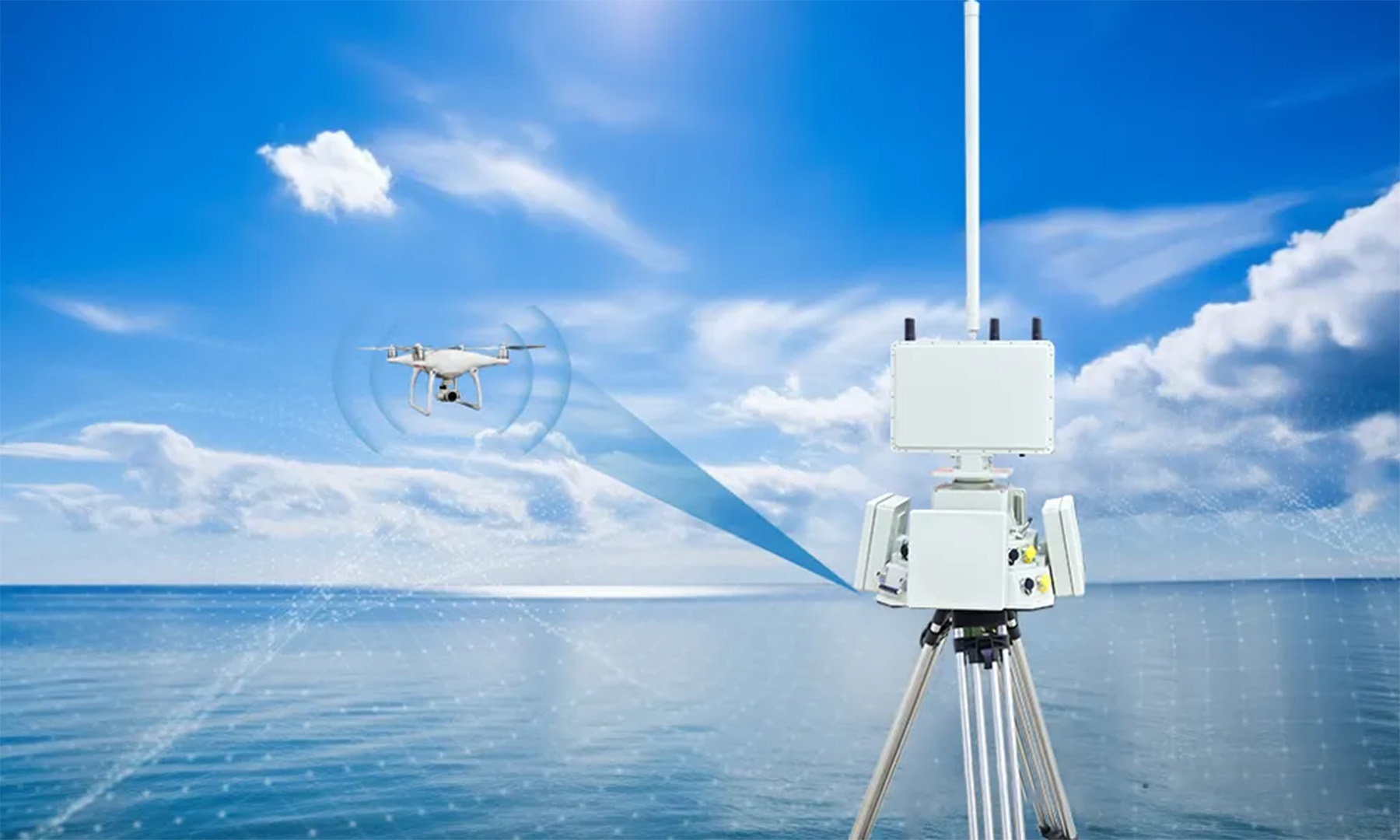
1)thermal imagery
Thermal imagers can detect the heat signals generated by the engines and batteries of unmanned aerial vehicles (UAVs), enabling tracking and identification even in complex conditions or low-light environments. They can also assist in locating the operators of the UAVs by detecting the heat signals of human bodies. This technology is particularly useful in environments where covert operation is required or visual recognition is limited.
2)Radio Frequency (RF) System
The radio frequency sensors operate within various frequency ranges (such as 70 MHz to 6 GHz) to detect the communication signals between the unmanned aircraft and its controller. These systems are cost-effective and can remotely track multiple targets, and collect data such as the brand, model, serial number of the unmanned aircraft, and the position of the pilot. However, they may have difficulty detecting autonomous unmanned aircraft that do not rely on radio frequency signals. Radio frequency systems are one of the main detection methods because they can identify and track the link between the unmanned aircraft and the operator.
3)Acoustic method
Acoustic sensors can detect the unique sounds produced by the motors of unmanned aerial vehicles (UAVs), which offers an advantage for detecting radio-frequency silent autonomous UAVs. They can classify acoustic features, assess rotor speed and altitude, even when the UAV is out of sight. However, they usually cannot provide precise position and speed data for the UAV. Acoustic detection serves as a supplementary layer, and is particularly suitable for stealth or autonomous flying UAVs that may avoid other detection methods.
4)Radar system
Radar systems are widely used, providing 24/7 all-weather 360-degree coverage and precise altitude information. They can detect most drones from a long distance and simultaneously track multiple targets, even operating effectively in adverse weather or busy urban environments. Advanced radars utilize micro-Doppler technology to classify targets, distinguish drones from birds, and identify hovering or autonomous drones. For instance, IAI ELTA's ELM-2084 MMR radar is the backbone of Israel's "Iron Dome" system, while Leonardo DRS' multi-task radar can track nano-drones up to 18 kilometers away. Radars offer robust, all-weather, long-range detection capabilities, making them the cornerstone of C-UAS integrated systems.
The limitations of single detection technologies (such as radio frequency for autonomous drones, acoustics for precise positioning, and radar for small/low-altitude drones) indicate that multi-sensor fusion is indispensable. This method of integrating different sensors (radar, radio frequency, optics, acoustics) can provide more comprehensive, accurate, and resilient detection capabilities, thereby reducing false alarms and enhancing threat classification. This shows that a truly effective C-UAS system is not a single technology, but an intelligent integration of multiple complementary technologies.
Technological type | Operation principle | Main advantage | Main limitations/challenges |
Thermal imagery | Detect the thermal signals of the unmanned aircraft engine and battery | It can effectively detect even under complex conditions or in low light; it can also assist the positioning operator. | Sensitive to environmental temperature; with limited detection range |
Rf system | Scanning the communication signals between the unmanned aerial vehicle and the controller | High cost-effectiveness; capable of tracking multiple targets over long distances; obtaining information about drones and operators | It is difficult to detect autonomous drones that do not rely on radio frequency; the urban environment is prone to interference. |
Acoustic method | Identify the unique sounds produced by the drone motor | Autonomous drones capable of detecting radio frequency silence; still capable of detecting even when beyond visual range. | It is difficult to provide precise location and speed data; it is susceptible to environmental noise. |
Radar system | Transmit electromagnetic waves and receive reflected signals to detect the target | 24/7 all-weather 360-degree coverage; capable of tracking multiple targets; able to distinguish between drones and birds | Detecting small/low-altitude drones still poses challenges; urban environments are prone to interference from noise. |
2. Unmanned Aerial Vehicle Countermeasures Technology
1)Interference system (radio frequency, GPS)
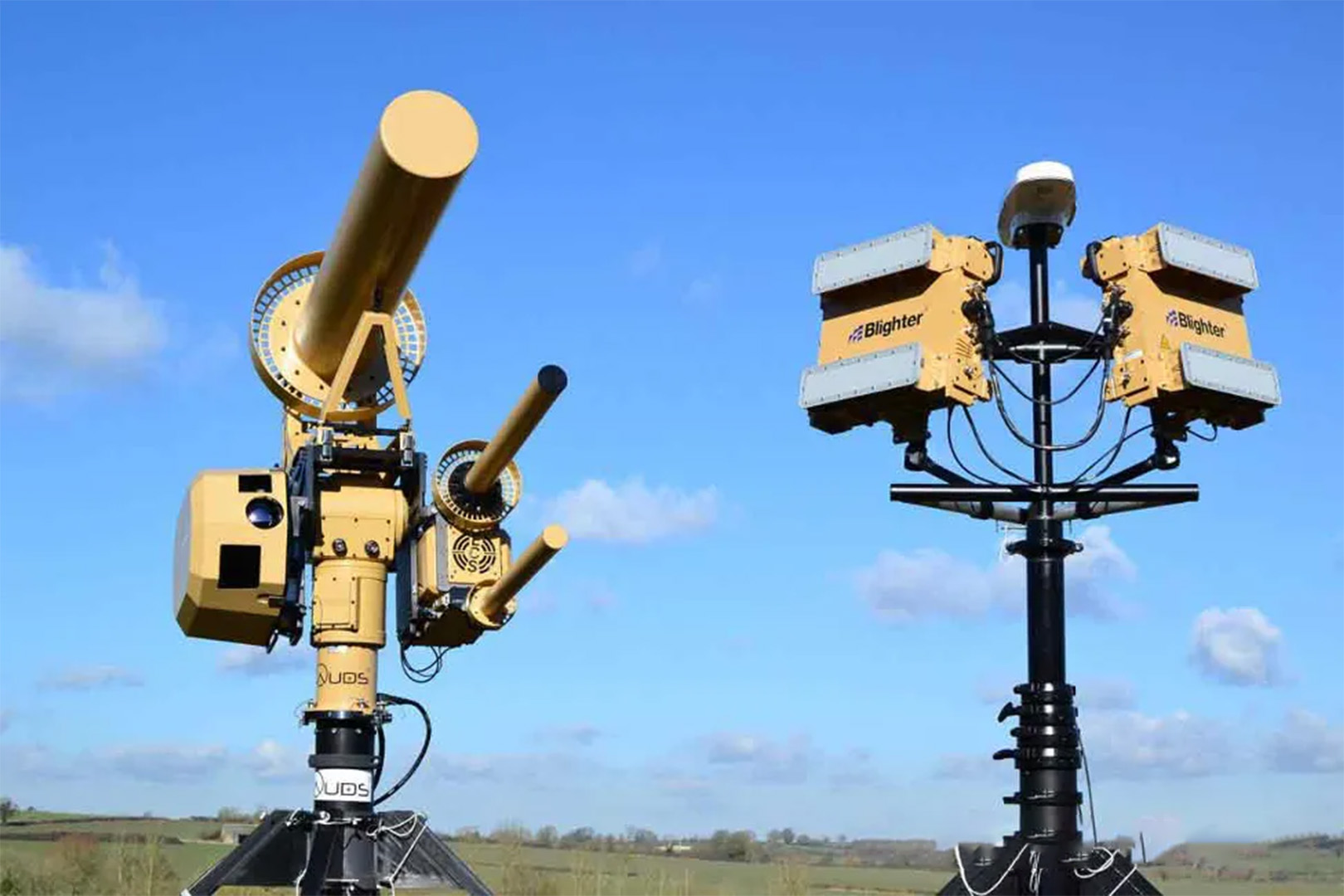
Theory: Radio frequency interference disrupts communication between the drone and the operator by emitting strong signals at the same frequency as the drone's control or video transmission signals (such as 2.4 GHz, 5.8 GHz). GPS interference, on the other hand, transmits signals at the frequencies of GPS satellites (such as 1.575 GHz L1, 1.227 GHz L2), causing the drone to lose its direction by blocking its position information.
Result: Interference can force the drone to land, return to the starting point, hover aimlessly or crash.
Type: Including broadband interference (covering a wide range of frequencies), point interference (targeting specific frequencies), and blocking interference (combining the former two and targeting multiple frequencies simultaneously).
Equipment: Fixed radars and jamming devices (such as Argus-5000, SkyHunter-4M/P), portable jamming devices (such as Volnorez), and modified vehicle-mounted jamming devices.
Interference technology is effective and relatively easy to implement technologically. However, it is a "blunt instrument" that may interfere with other legitimate communications, including emergency services and air traffic control. Although interference technology is a common and effective means of countermeasures, its indiscriminate interference characteristic may cause significant collateral damage in urban or complex electromagnetic environments. This highlights the critical trade-off between effectiveness and operational accuracy, thereby driving the need for more targeted and less disruptive countermeasures. The inherent risk of collateral damage prompts the research and development direction to shift towards more precise and less disruptive countermeasures, or to limit its use in non-populated areas.
2)Kinetic defense measures (nets, projectiles, air-to-air drones)
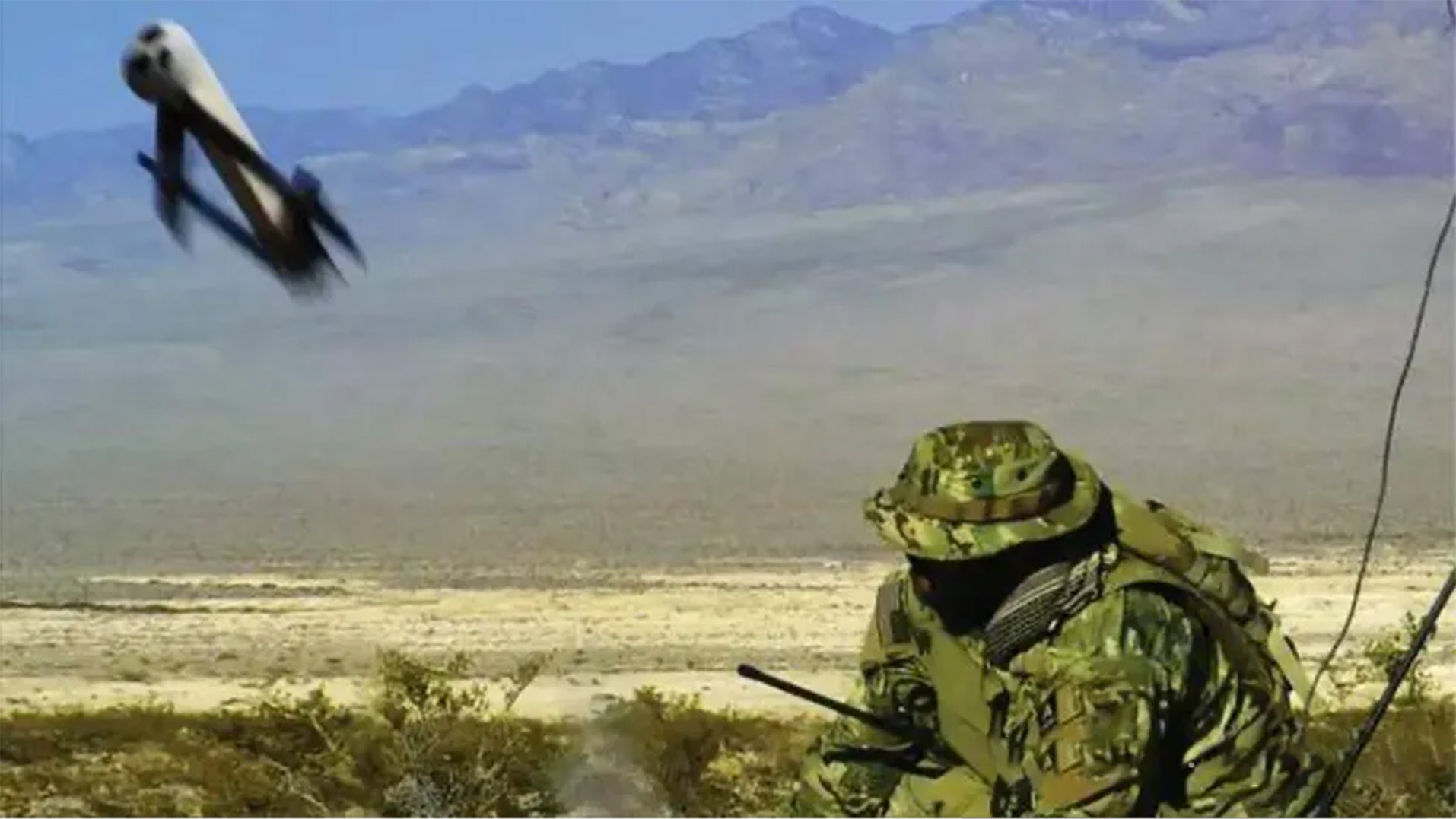
Theory: The kinetic energy method involves physically damaging, disabling or capturing the unmanned aircraft.
Network system: A non-lethal method involves launching a net (using a net gun or carried by other drones) to wrap around the rotor blades of the drone, forcing it to land. The net gun is usually effective within a range of 30 meters.
Missile: It involves using weapons such as missiles, bullets or specialized projectiles to shoot down drones. For instance, the VAMPIRE system employs 70-millimeter laser-guided rockets (APKWS II), and the cost of using it to down drones is much lower than that of air-to-air missiles.
Air-to-air anti-drone system: Intercepting drones can be done by physically colliding with them or deploying nets to counter the target drones. Some intercepting drones are equipped with machine vision to distinguish the targets.
The kinetic energy method poses risks as falling debris or misaimed projectiles could cause accidental damage or injuries. The battery life of the interception drones is short, and they may be damaged after repeated use. The kinetic energy countermeasures provide a direct means to neutralize the threat, but in densely populated areas, the falling debris would bring significant safety risks. This means that the solution itself could become a new hazard source, so it is necessary to carefully consider the deployment environment and promote the development of "soft kill" or safer "hard kill" methods. The inherent danger requires a trade-off analysis in each scenario, and it is preferable to choose non-lethal or less destructive methods as much as possible, or to limit the kinetic energy means to uninhabited areas.
3)Network takeover system (protocol hijacking)
Theory: These systems exploit vulnerabilities in the communication links, software or hardware of unmanned aircraft to gain unauthorized control. This may involve intercepting and controlling the communication systems of the unmanned aircraft, or deceiving the aircraft to identify the hacker signals as legitimate ones (deception).
Result: Allowing operators to take over control, safely land the drone, or redirect it from sensitive areas. This is highly beneficial for intelligence collection (regarding the drone) and for avoiding collateral damage.
Application area: Law enforcement (interception of smuggling drones), counter-terrorism (prevention of attacks), national defense, border security, and protection of critical infrastructure
For military drones with stronger network defense capabilities, network takeover may be ineffective. Network security measures such as encryption and security protocols are crucial for protecting our own drones from such attacks. Network takeover offers a unique advantage: it can fully retain the drone, allowing for forensic analysis and intelligence collection, to understand the opponent's technology and intentions. This goes beyond mere neutralization and enters the realm of proactive threat intelligence, which is crucial in the escalating arms race. Network takeover is a complex countermeasure that not only neutralizes immediate threats but also provides strategic intelligence, shifting the paradigm of C-UAS from pure defense to intelligence-driven.
4)Directed energy weapons (laser, high-power microwave)
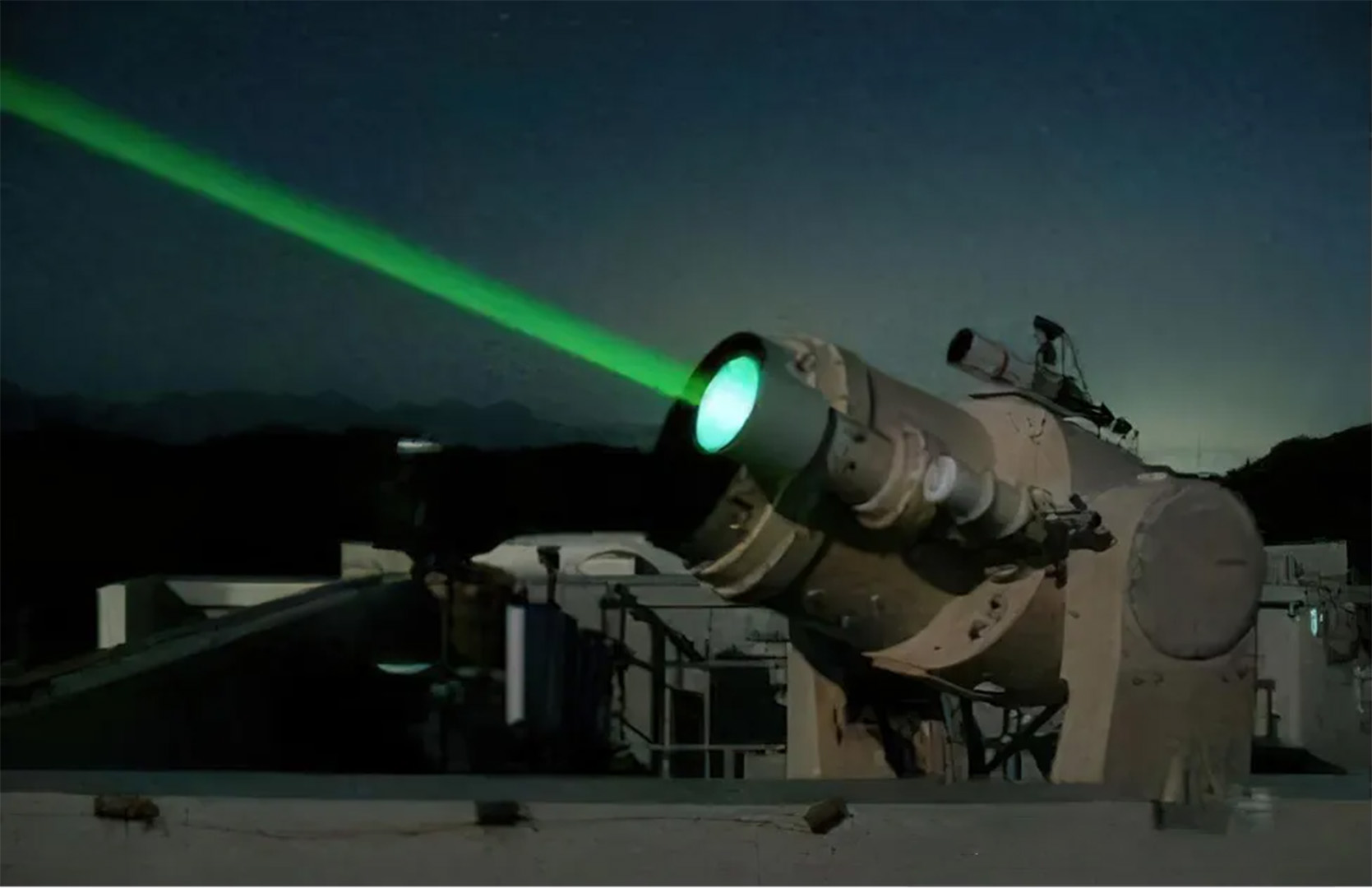
Theory: These systems utilize concentrated energy to disable or destroy unmanned aircraft.
Laser: High-power lasers can detect, track and destroy low-altitude drones by "abating" or penetrating their structures. For instance, the "Silent Hunter" laser weapon has a power ranging from 30 to 100 kilowatts and a maximum range of up to 4 kilometers. The cost of a single laser shot may be relatively low, but the acquisition time is longer.
High-power microwave (HPM): The HPM weapons emit directional electromagnetic energy pulses to disable the electronic equipment of unmanned aircraft during flight. Unlike the kinetic systems that require separate interception, they can incapacitate a large number of drone swarms simultaneously. For instance, Mjolnir uses microwave energy pulses to disable drone swarms, while Leonidas can disable individual drones or create a microwave barrier to prevent the swarm from forming.
The laser is bulky and cannot be used on airborne platforms. The HPM weapon is mobile, modular and scalable. Atmospheric conditions (water droplets, dust, smoke) may affect the effectiveness of directed energy weapons. Directed energy weapons, especially high-power microwaves, offer promising solutions to the challenges of unmanned aircraft swarms. They can neutralize multiple targets simultaneously at a lower single-shot strike cost. This addresses the key weakness of traditional kinetic energy methods when facing swarm tactics, where they often fall short. Directed energy weapons represent a paradigm shift in anti-swarm defense, shifting from point-based confrontation to regional denial or large-scale neutralization. This is crucial for protecting large areas or high-value assets from coordinated attacks.
Technological type | operation principle | main advantage | Main limitations/challenges |
Jamming system | Transmit strong signals to interfere with the control of drones and GPS signals | The technology is relatively mature and easy to deploy; it can force the unmanned aircraft to land or return. | The "dull instrument" feature is prone to cause collateral interference; it has limited effectiveness for autonomous/anti-interference drones. |
Kinetic energy confrontation | Physical destruction, disabling or capturing of unmanned aircraft | Directly neutralize threats; Systems such as VAMPIRE have high cost-effectiveness. | Risk of falling debris; potential damage to personnel and property; short battery life of the drones to be intercepted |
Network takeover | Hijacking the communication protocol or navigation system of the unmanned aircraft | Enable safe landing of the unmanned aircraft; retain the unmanned aircraft for intelligence analysis; avoid collateral damage | It may be ineffective against military-grade drones; continuous efforts are needed to combat cyber security threats |
Direction energy weapon | Using laser or microwave energy to destroy/disable unmanned aircraft | Potential low single-shot launch cost; High-power microwave can simultaneously counter the swarm. | The laser is large in size; it is susceptible to atmospheric conditions; and the initial investment for high-power microwaves is high. |
3. Integrated anti-drone solution: Layered defense approach
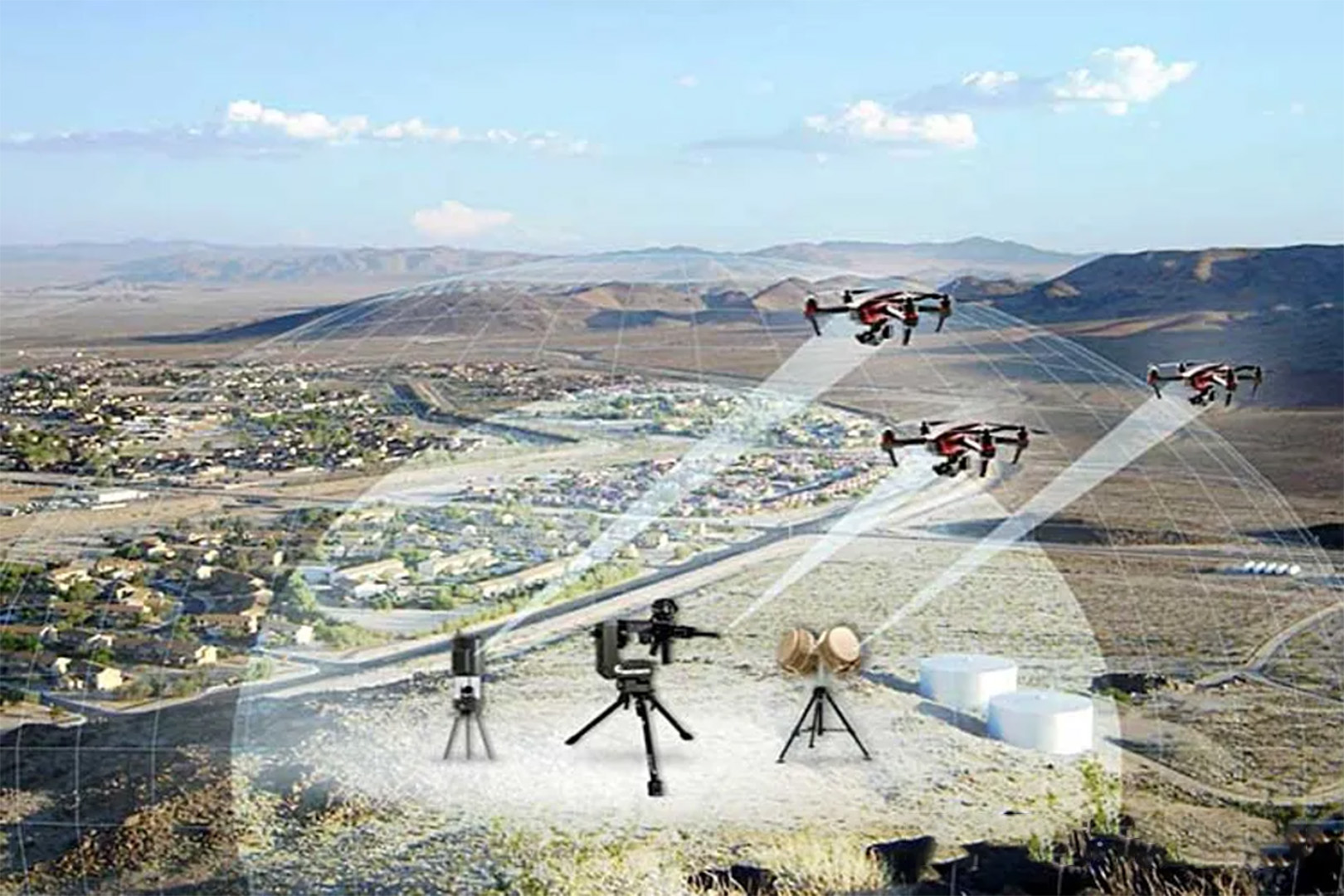
No single C-UAS technology is a panacea. Effective anti-drone defense requires an integrated, multi-level comprehensive system that combines various detection and countermeasures. This approach ensures redundancy, enhances accuracy, and provides a strong response capability to the diverse and evolving drone threats.
Constituent part: The integrated system usually combines radar, radio frequency sensors, optical/infrared cameras and acoustic detectors for detection. The countermeasures can include radio frequency jamming, GPS spoofing, kinetic interceptors, network takeover and directed energy weapons.
Integration advantages: Enhancing the ability of situation awareness, accurate threat classification, and the capability to simultaneously track multiple targets. Artificial intelligence and machine learning play a crucial role in integrating data from multiple sensors, prioritizing threats, and providing action plans.
The assessment by the US Army indicates that an integrated defense network is more effective than isolated systems. Companies like Dedrone offer multi-sensor platforms (RF, PTZ, radar), and integrate countermeasures and AI-driven software to provide scalable and customizable solutions. The shift towards integrated, multi-level C-UAS solutions indicates that people recognize the complexity of drone threats and require systematic rather than piecemeal responses. This synergy, often driven by AI/ML to achieve data fusion and decision support, enables adaptive, comprehensive defense, overcoming the limitations of a single technology and addressing the full range of drone capabilities. The future of anti-drone defense lies in intelligent, adaptive systems that can dynamically respond to threats by leveraging diverse toolkits, thus surpassing simple countermeasures and moving towards complex software-defined defense architectures.
III. Key Applications in Various Industries
1. Military and defense operations
Tactical reconnaissance, combat operations and force protection: The C-UAS system is a crucial component of intelligence, surveillance, target acquisition and reconnaissance (ISTAR). It provides real-time monitoring of high-resolution sensors, enhances air superiority through automatic targeting, and improves maritime situational awareness. It protects military bases, frontline troops, and key assets from drone attacks.
Person-Drone Cooperative (HUMT) and Cooperative Operations: The concept of manned-robotic collaboration (MUM-T) or manned-robotic teamwork (HUMT) is a crucial development. This involves manned aircraft or ground stations serving as command and control nodes for multiple unmanned aircraft, thereby enhancing overall combat effectiveness ("1 + 1 > 2"). Unmanned aircraft expand human perception capabilities and can perform dangerous tasks, reducing personnel exposure to risks. This approach compensates for combat shortcomings, improves system integrity, and simplifies command and control.
The military applications of C-UAS go beyond mere defense. Through the integration of manned-unmanned cooperative operations (MUM-T), it becomes a force multiplier. This integration makes the combat forces more efficient, secure and adaptable. The unmanned aircraft expand the coverage and capabilities of human operators, while C-UAS protects these valuable assets. C-UAS is not only used to prevent enemy unmanned aircraft, but also empowers the actions of our own unmanned aircraft by protecting the combat environment and enhancing the overall combat system.
2. Protection of Critical Infrastructure
Airport and Aviation Security: Airports are facing an increasing threat from unauthorized drones, resulting in near-collisions, flight delays and safety risks. The C-UAS system is deployed to detect, track and counter these intrusions. A case study from an airport in Indonesia shows that after deploying the C-UAS, incidents of illegal drone intrusions decreased by 87%. This system integrates radar, radio frequency sensors, electro-optical/infrared cameras, AI-driven software, as well as countermeasures such as interference and deception.
Border security and sensitive facilities: C-UAS protects national borders and military bases from espionage activities or harmful payloads. They monitor and control suspicious drones entering restricted airspace in order to investigate their origin.
Industrial and Public Utilities Inspection: Drones are used to inspect pipelines, power lines, building structures and other inaccessible areas. C-UAS ensures the safety of these operations by preventing unauthorized drones from interfering.
The protection of critical infrastructure is an important and continuously growing application area of C-UAS. The driving force behind this lies in the inherent vulnerability of these assets to airborne threats. Transitioning from passive response to active, layered defense, often integrating artificial intelligence for anomaly detection, is crucial for maintaining operational continuity and national security. This trend indicates that C-UAS is becoming a standard component of the physical and cyber security of critical national assets, surpassing traditional perimeter defense and incorporating the airspace into the protection scope.
3. Commercial and civilian uses (For example, public events, traffic monitoring)
Public events: Drones pose significant risks in crowded public events such as sports competitions, music festivals, and political rallies. Anti-drone systems can detect, identify, locate, and analyze drone activities, providing early warnings and forensic data. For instance, the system of Dedrone protects stadiums by demarcating airspace, detecting unauthorized drones, and locating the pilots.
Traffic monitoring: Drones are increasingly being used in traffic management, including patrol, congestion疏导, accident handling and road maintenance. Stationary drones can provide continuous observation for several hours, collecting data such as traffic flow, vehicle types and speed. C-UAS ensures that these operations are not disrupted by rogue drones.
The application of C-UAS in the commercial and civilian sectors indicates that airspace management has transcended the traditional aviation and military domains. This reflects the growing societal demand for managing and safeguarding low-altitude airspace to ensure public safety, privacy, and commercial operations, and foretells the regulatory and technical challenges that will be faced in future seamless integration. This trend points to the future integration of C-UAS capabilities into broader "smart cities" or "smart infrastructure" initiatives, requiring complex air traffic control systems to manage manned and unmanned aircraft.
Industry sector | Specific application/example | Main benefits / effects |
Military and Defense | Tactical reconnaissance, combat operations, force protection, manned-unmanned aircraft coordination | Enhance combat effectiveness, reduce personnel risks, and make up for combat weaknesses |
Protection of Critical Infrastructure | Airport security, border security, sensitive facilities, industrial and public utility inspections | Prevent intrusions, ensure operational continuity, and protect high-value assets |
Business and Civilian | Public event security, traffic monitoring, infrastructure inspection | 提升公共安全,优化交通管理,提高运营效率 |
-
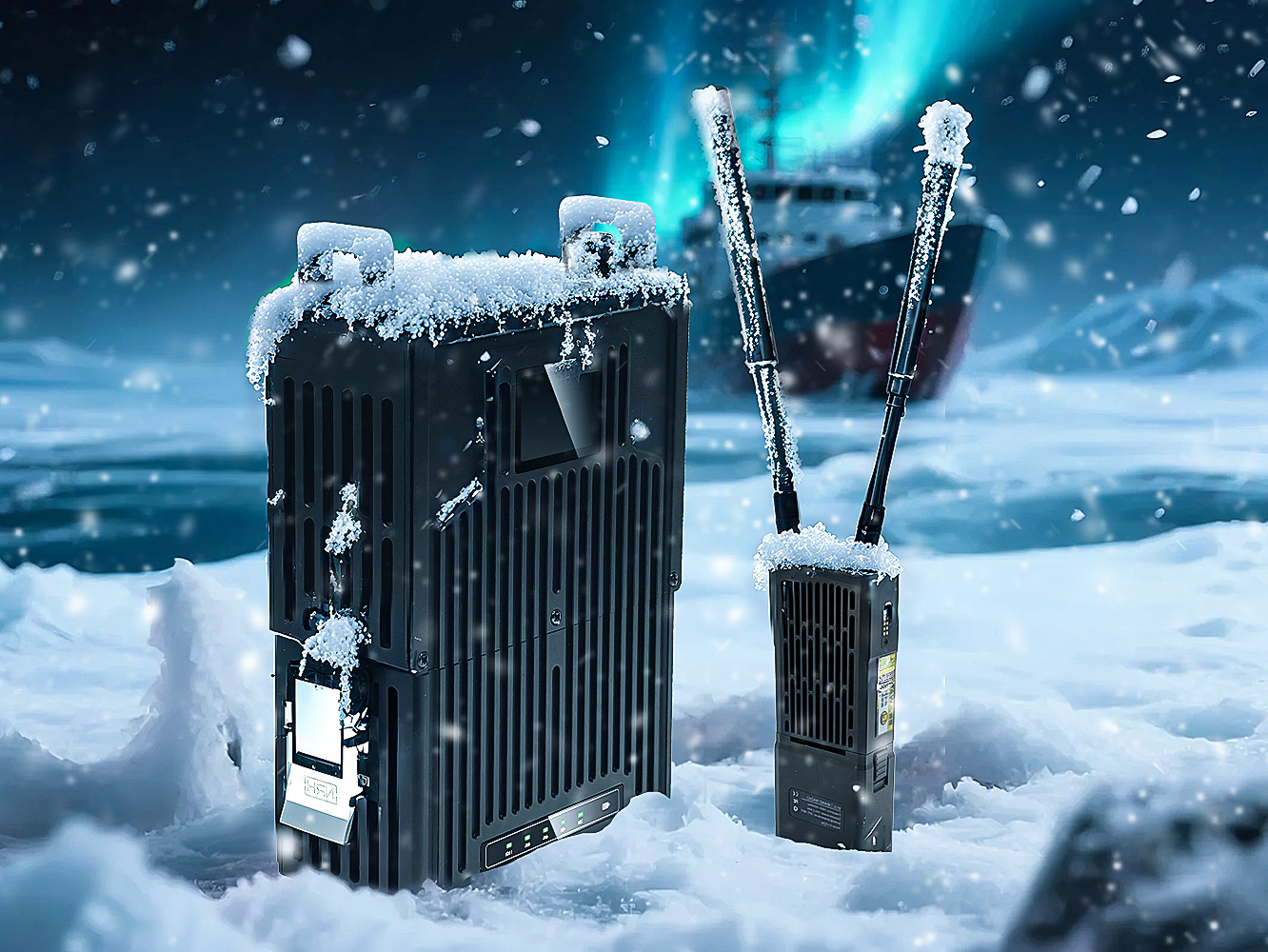 2025-10-24
2025-10-24 -
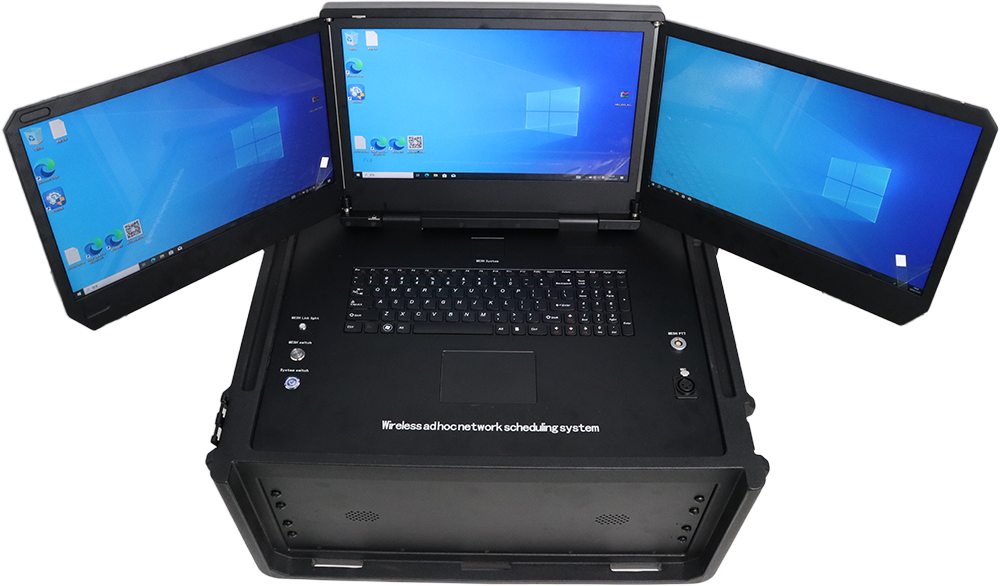
What is an Emergency Communication System and How Does It Work?
2025-09-16 -
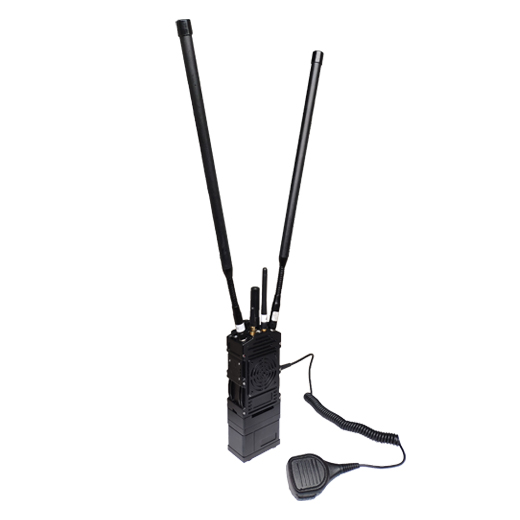
What Is Point to Point and Point to Multipoint Wireless Network?
2025-09-05 -

What Are the Two Types of Microwave Transmission?
2025-08-29 -

Multi-Node MESH Networking: Principles and Real-World Applications
2025-08-18 -

What Is the Difference Between Radio and Microwave Video Transmission?
2025-07-30 -
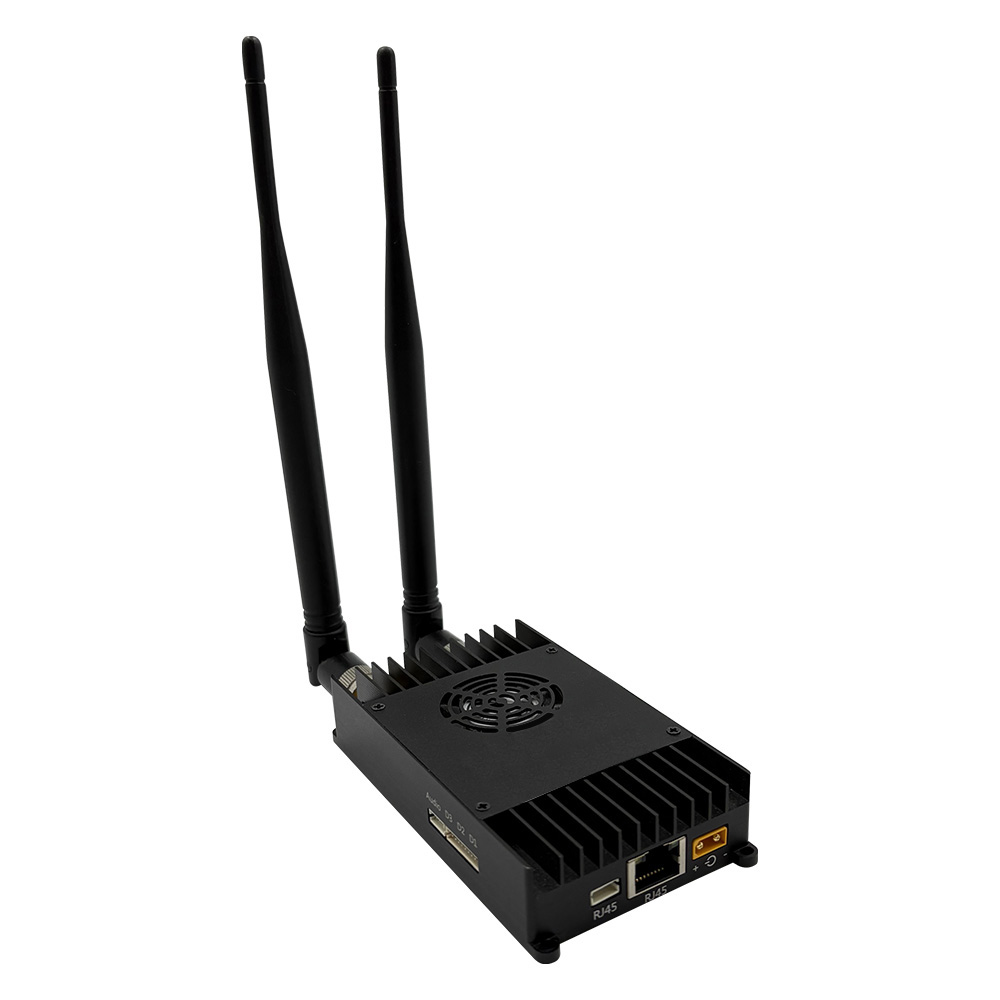
Unmanned Aerial Vehicle Transmission Equipment Communication Solution
2025-07-24








